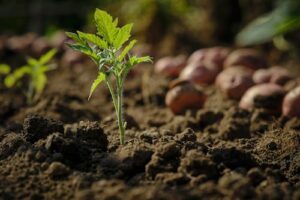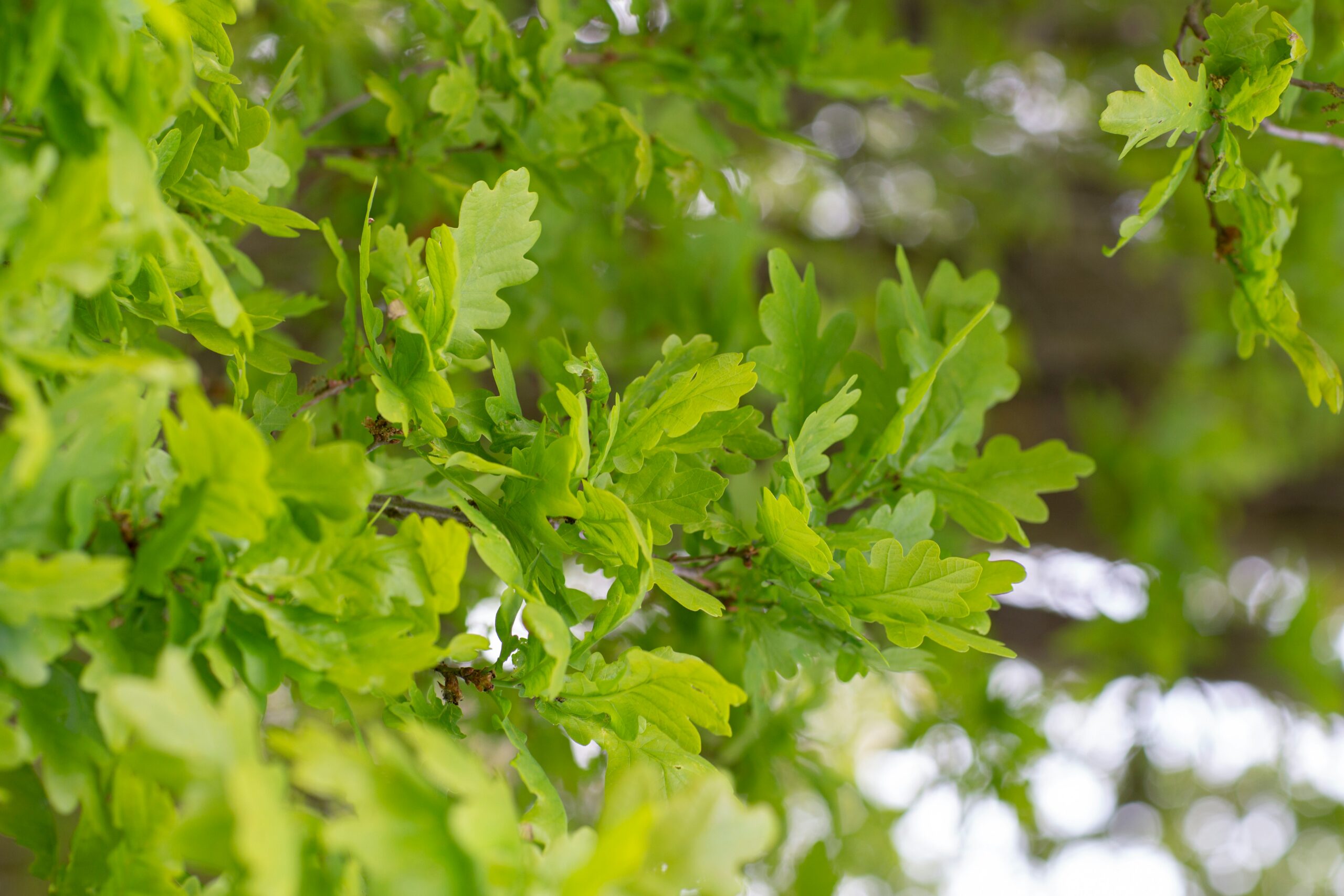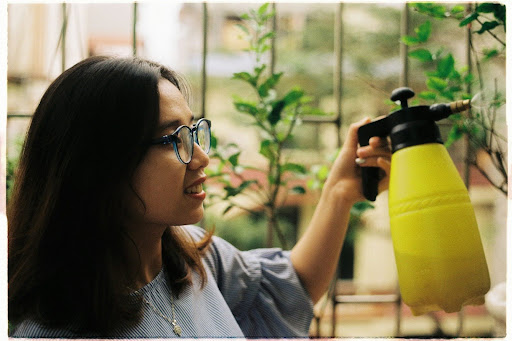
Date March 07, 2023
Category
After an especially humid or wet season, many homeowners begin to notice anthracnose popping up in their yards. While anthracnose may slow down as the weather dries, the fungus will return as soon as the weather becomes moist again. Anthracnose can attack a variety of plants, including vegetables, fruits, shrubs, trees, and flowers. For this reason, learning how to treat anthracnose is crucial to maintaining a healthy garden.
Identify Anthracnose
Treating anthracnose involves accurately identifying it. Anthracnose can look different depending on the specific fungus and the affected plant. Look for wet spots on leaves and fruit that turns into brown, papery tissue. The spots may turn into deep lesions. When anthracnose impacts trees, it typically starts at the ground and works its way upward.
Avoid Overwatering (Change photo, this is a tomato)
Image via Unsplash by jlq73
One of the first ways to prevent anthracnose is to encourage the affected area to dry. Plants affected by anthracnose need more space for air to circulate around the leaves and fruits. Pay close attention to the signs of the fungus and avoid overwatering when the air is humid.
If moisture seems to be an ongoing problem with a particular plant or tree, ensuring proper soil drainage is important. Professionals can assess the soil and general area to ensure that the soil has the drainage it needs. A drip sprinkler may also be a better option to prevent overwatering these areas.
Apply Fungicide
Fungicide prevents and controls anthracnose as well as other fungal diseases. The fungicide is available in a diluted spray or as a concentrate. While some homeowners choose to apply fungicide on their own, a professional can also provide fungal disease management. Hiring a professional to manage this step is often beneficial because they can determine which parts of the plant will benefit from treatment. For instance, they will avoid spraying blooms that would otherwise be affected by the spray.
Prune Infected Areas
In the fall and winter months, pruning diseased branches and leaves is beneficial. While pruning large branches isn’t ideal for many trees, pruning away the smaller branches will invite healthier growth. A professional can determine which parts are healthy to prune and then apply fertilizer to stimulate healthy growth in the future. One way to ensure that fruits and vegetables aren’t affected by anthracnose is to ensure that they don’t touch the soil. Prune branches and limbs that are close to the ground to encourage the higher branches.
Remove Infected Plants
If pruning doesn’t seem to work, or if an entire plant in a landscape is infested with the fungal disease, removing the plant may be critical. Many professionals recommend a copper-based fungicide to destroy plants. When spraying this fungicide, professionals take care not to allow copper to build up to toxic levels, as this can disturb the soil.
One of the benefits of treating anthracnose is having more healthy fruits and vegetables when plants begin producing. Anthracnose disrupts plant health and production, but a professional like TreeNewal can provide help with treating this common fungal disease.









